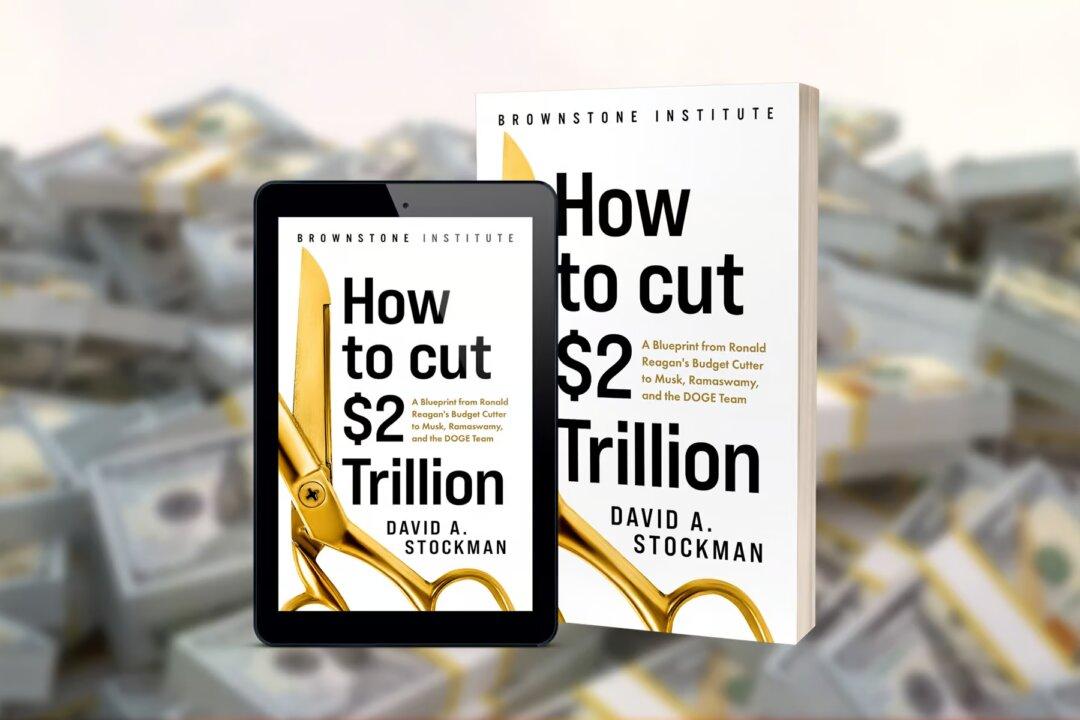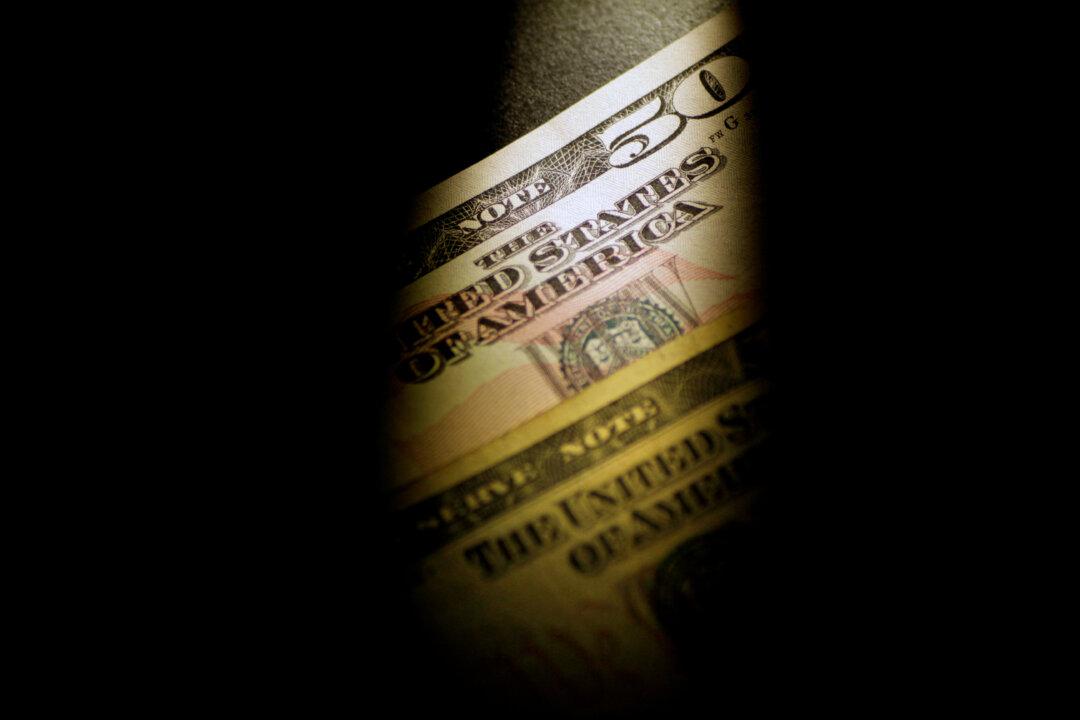Commentary
Since money-printing went into permanent high gear after the dotcom crash in 2000, the top 1 percent of households have gained $20 million each in inflation-adjusted net worth. Likewise, the top 0.1 percent or 131,000 households at the tippy top of the economic ladder have gained $88 million each in inflation-adjusted net worth.





